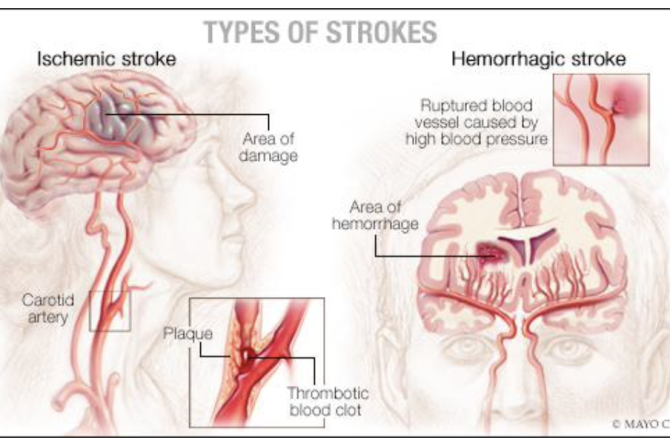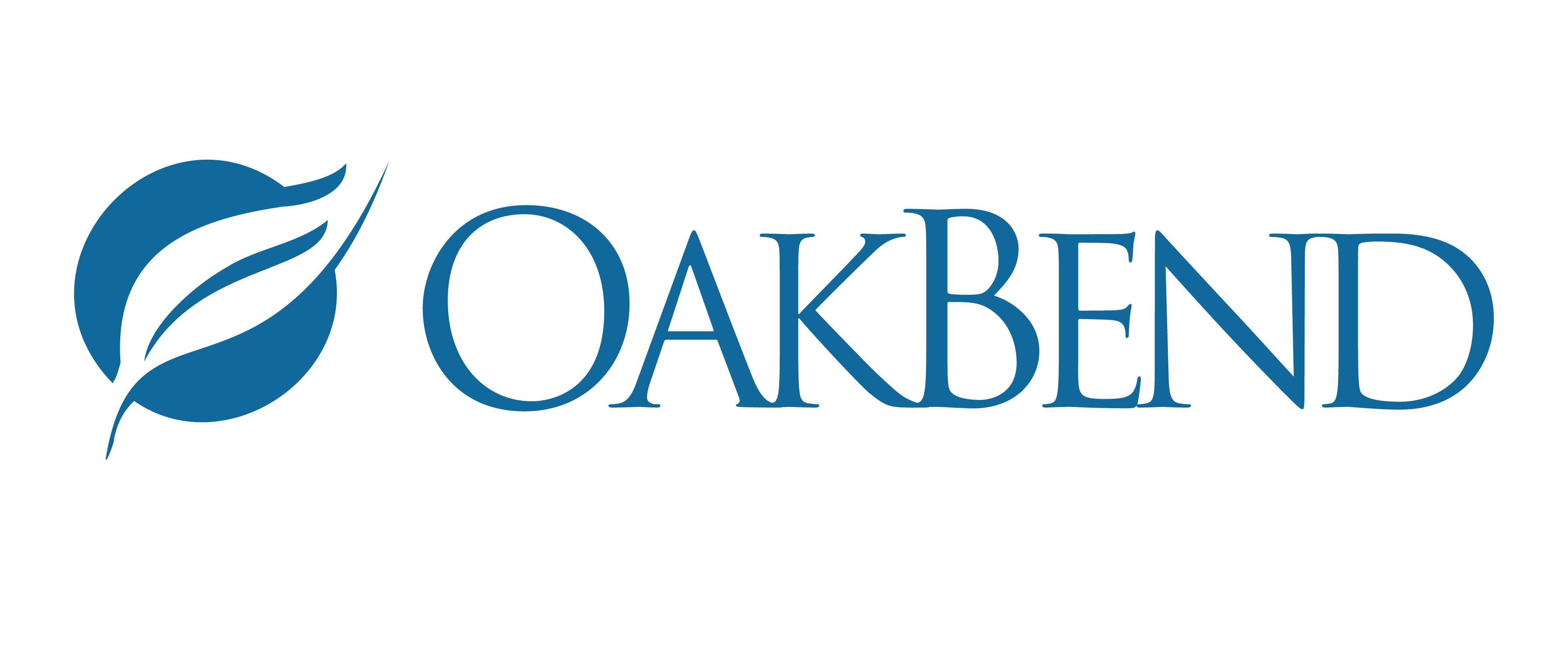
May is stroke awareness month, a time that our Fort Bend primary stroke center dedicates to increasing awareness about stroke and its impact on individuals and families. Stroke is a leading cause of death and disability worldwide, so it is important to understand its warning signs and risk factors. In this article, we’ll delve into what a stroke is, the importance of stroke awareness, common signs and symptoms, treatment options, and how you can take action to prevent strokes.
What is a stroke?
A stroke, also known as a cerebrovascular accident (CVA), occurs when blood flow to the brain is disrupted resulting in damage to brain tissue. When the brain is deprived of blood and oxygen, brain cells start to die within minutes. Strokes can have severe and potentially life-threatening consequences, including paralysis, speech difficulties, cognitive impairment and even death. There are three main types of strokes:
- Ischemic Stroke: The most common type of stroke, occurring when a blood clot blocks a blood vessel supplying the brain.
- Hemorrhagic Stroke: Caused by the rupture of a blood vessel in the brain, leading to bleeding and pressure on surrounding brain tissue.
- Transient Ischemic Attack (TIA): Often referred to as a “mini-stroke,” TIAs are temporary episodes of neurological dysfunction caused by a temporary decrease in blood flow to the brain. While TIAs typically resolve within minutes to hours, they are warning signs of an increased risk of a full-blown stroke.
Risk Factors
While stroke can affect anyone, certain risk factors increase the likelihood of having a stroke which include: high blood pressure, smoking, diabetes, high cholesterol, obesity, and a family history of stroke. People who have had a previous stroke or transient ischemic attack (TIA, or “mini-stroke”) are also at higher risk.
Signs and Symptoms
It’s important to recognize the warning signs of stroke because prompt treatment is crucial to minimize brain damage and potential complications. The acronym “FAST” is an easy way to remember the signs of stroke:
- F: Face drooping or numbness. Ask the person to smile; uneven smiles may indicate a stroke.
- A: Arm weakness or numbness. Have the person raise both arms; drifting downward suggests a problem.
- S: Slurred speech or difficulty speaking. Ask the person to repeat a simple sentence.
- T: Time to call 911 if any of these symptoms occur
Other signs and symptoms of a stroke may include sudden:
- Severe headache with no known cause
- Trouble seeing in one or both eyes
- Trouble walking, dizziness, loss of balance, or coordination
Treatment of Stroke
Getting to a hospital quickly can make a big difference in a stroke patient’s outcome. Certain treatments offered at our Fort Bend medical center, like clot-busting drugs or mechanical thrombectomy, are time-sensitive and can only be given within a few hours of the onset of symptoms.
The treatment for a stroke depends on the type and severity of the stroke but may include:
- Clot-busting Medications: In the case of an ischemic stroke, thrombolytic medications such as tissue plasminogen activator (tPA) may be administered to dissolve the blood clot and restore blood flow to the brain.
- Mechanical Thrombectomy: A procedure to physically remove the blood clot from the blocked artery, often performed in conjunction with clot-busting medications.
- Surgery: In some cases of hemorrhagic stroke, surgery may be necessary to repair the ruptured blood vessel or remove accumulated blood from the brain.
- Rehabilitation: Following a stroke, rehabilitation therapy, including physical therapy, occupational therapy, and speech therapy, plays a crucial role in maximizing recovery and restoring function.
Primary Stroke Center
OakBend Medical Center has been designated as a Primary Stroke Center in Fort Bend by the Texas Department of State Health Services and has received the American Heart Association/American Stroke Association’s Get With The Guidelines®-Stroke Gold Plus Quality Achievement Award. OakBend Medical Center is a primary stroke center, meaning that the hospital is making exceptional efforts to foster better outcomes. OakBend Medical Center has a cohesive clinical team onsite and has Telehealth capabilities for remote stroke diagnosis and treatment.
Stroke Statistics
Stroke Awareness Month at our Fort Bend facility brings light to the fact that on average, someone in the U.S. has a stroke every 40 seconds. Every 4 minutes someone dies from a stroke, according to the National Institutes of Health. Stroke is one of the leading causes of death in the U.S. and causes more long-term disabilities than any other disease. The older you are, the more likely you are to have a stroke, as the risk of having a stroke more than doubles each decade after age 55.
Conclusion
Stroke Awareness Month being observed at our Fort Bend primary stroke center provides an opportunity to spread the word about stroke prevention, recognition, and treatment. By raising awareness, we can help more people understand the risk factors, warning signs, and actions to take in the event of a stroke. This knowledge can ultimately save lives and improve outcomes for stroke survivors.
For more information about strokes and how you can get involved in National Stroke Awareness efforts, please visit American Stroke Association and Centers for Disease Control and Prevention.
To learn more about OakBend’s stroke services please give us a call us at 281-341-3000. Our team of healthcare professionals are dedicated to providing you with the best care and guidance for all of your stroke related needs.
The content of this blog was provided by BJ Patel, Director of Quality Management.
Leave a reply







